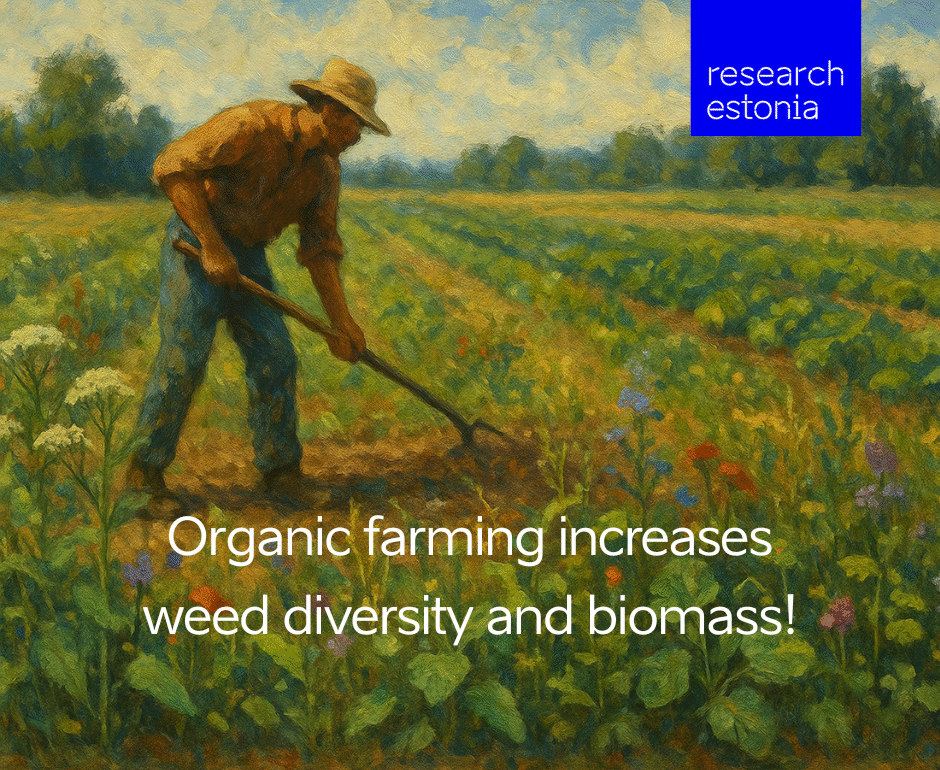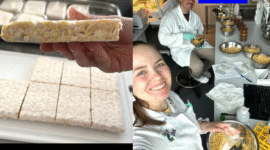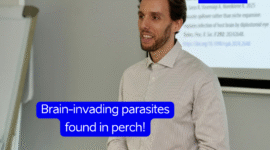Helena Madsen‘s PhD thesis “Weeds in different cropping systems” shows that winter cover crops improve soil properties.
In agro-ecosystem, weeds play several roles. On the one hand, they compete with crops for water and nutrients, and on the other, they enhance the biodiversity of the crop community, creating environmental benefits.
The aim of the present work was to investigate the presence of weeds in a long-term rotation experiment. A fixed five-field crop rotation (barley with undersown clover, clover, winter wheat, peas, potatoes) was used throughout the trial as a framework for testing five different cropping systems. Herbicides were applied for weed control in two of the conventional systems, and mineral fertilisers were used in one of them.One of the organic systems acted as a control following the rotation. The other two used winter catch crops and one used composted manure. The occurrence and species composition of weeds depended on both the growing system and the crop.
A study of weed seeds in soil in the first rotation showed that the abundance of weed seeds in organic systems was similar to that in conventional systems, but the species diversity was higher in organic systems. The lowest seed incidence was found in the variants with mineral fertiliser used in conventional systems and manure in organic barley soils with clover under-sowing.
In the second rotation, studies of the above-ground biomass and abundance of weeds showed that both their biomass and abundance increased in all cropping systems, but reliably more in organic systems than in conventional systems. Weed diversity also increased more in the organic systems, being highest in the winter catch crop organic system.
Weed biomass and frequency were highest in peas and lowest in barley. Of the winter catch crops used, winter rye was the most weed suppressive. However, probably due to their low biomass, winter catch crops did not achieve comparable effects to herbicides. Winter catch crops improved soil properties and had a yield-enhancing effect.

The defence of the thesis took place on 26th of June. The thesis is supervised by Associate Professor Liina Talgre and Professor Emeritus Anne Luik and opposed by Professor Kęstutis Romaneckas (Vytautas Magnus University). The thesis is available at the Estonian University of Life Sciences’ digital archive EMÜ DSpace.
This article was originally published on the webpage of Estonian University of Life Sciences.
🌱 If this peek into biodiversity has you rooting for more, don’t leaf it here! Branch out to our next article where every stem, sprout, and seedling tells a story and read more about how Researchers pilot use of Estonia’s PlutoF biodiversity database to track plant diseases!
 Back
Back



